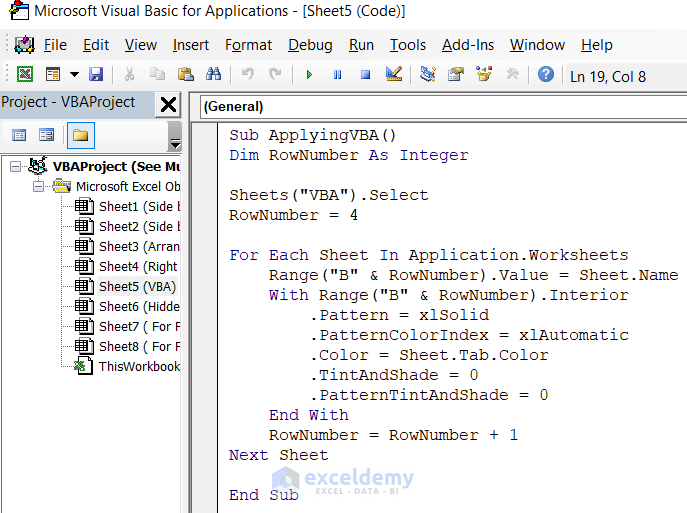5 Reasons CA State Tax Forms Overwhelm You

California State Tax Forms often present a daunting experience, even for the seasoned tax filer. With their complex rules and numerous schedules, it's no wonder many Californians find themselves overwhelmed when the tax season arrives. In this comprehensive guide, we will dive deep into the five reasons why these tax forms might be giving you a headache and offer insights and tips to tackle this annual challenge with ease.
The Complexity of Forms

The array of forms for California state taxes can be intimidating:
- Form 540: The basic individual income tax return.
- Form 540NR: For non-residents or part-year residents.
- Form 541: Fiduciary income tax return for estates and trusts.
- Schedule CA (540 or 540NR): For adjustments to federal AGI.
- Schedule D (540): To calculate capital gains or losses.
- And numerous others like Schedule E, F, etc., each tailored to specific types of income or deductions.
Each form has its own set of instructions, which can be an intricate maze to navigate:
- Instructions: The instruction booklets are lengthy, sometimes exceeding 100 pages, making it a formidable task just to understand what forms you need to file.
Ambiguous and Changing Tax Laws

California tax laws frequently undergo changes:
- Amendments: Tax laws are amended regularly, which means forms and instructions need to be updated every year.
- New Rules: Changes can include new credits, altered deduction limits, or entirely new forms, catching filers unprepared.
- Confusion: The complexity of these laws can lead to misunderstandings or misconceptions about how they should be applied.
Nonconformity with Federal Taxes

Unlike some states, California does not follow federal tax laws completely:
- Differences in Deductions: What might be deductible on a federal form might not be on a California form.
- Income Treatment: Certain types of income can be treated differently, leading to a need for additional calculations or forms.
- Schedules and Adjustments: The Schedule CA is often required to make adjustments to federal Adjusted Gross Income (AGI) for California purposes.
| Federal Tax Form | California Tax Form |
|---|---|
| 1040 | 540 |
| 1040NR | 540NR |
| Schedule A | Schedule CA |

Common Errors in Tax Preparation

Given the complexity of California state tax forms, errors are common:
- Missing or Incorrect Forms: Overlooking or incorrectly filling out specific schedules.
- Calculation Mistakes: Simple arithmetic errors or misunderstanding the calculations for various adjustments or credits.
- Wrong Tax Year Forms: Using last year’s forms when tax laws have changed.
⚠️ Note: Even minor mistakes can lead to delays or audits, causing further stress and potential financial penalties.
Unanticipated Tax Liabilities

Many Californians face unanticipated tax liabilities due to:
- AMT (Alternative Minimum Tax): California has its own AMT which might not match federal AMT calculations.
- Limited Credits: There are limitations to the number or types of tax credits available in California.
- Mental Math Miscalculation: Assuming state tax liabilities based on federal tax liabilities often leads to significant miscalculations.
In conclusion, understanding why California State Tax Forms can be overwhelming helps demystify the process. By recognizing the complexity of the forms, the frequent changes in tax laws, the differences from federal taxes, common errors, and unanticipated liabilities, taxpayers can approach their filing with better preparation and strategy. While this might seem like an uphill battle, equipped with the right knowledge and resources, tax preparation can be a smoother process.
What are some common mistakes when filing California state taxes?

+
Common mistakes include using outdated forms, arithmetic errors, and neglecting to complete specific schedules or adjustments required by California state tax laws.
Can I use software to simplify filing my California state taxes?

+
Yes, tax preparation software can guide you through the forms, perform calculations, and help ensure you’re using the correct tax laws for the year, reducing the likelihood of errors.
How do I deal with changes in California tax laws?

+
Stay informed through the Franchise Tax Board (FTB), tax advisors, or by following tax-related news. Tax software updates should also reflect these changes.



